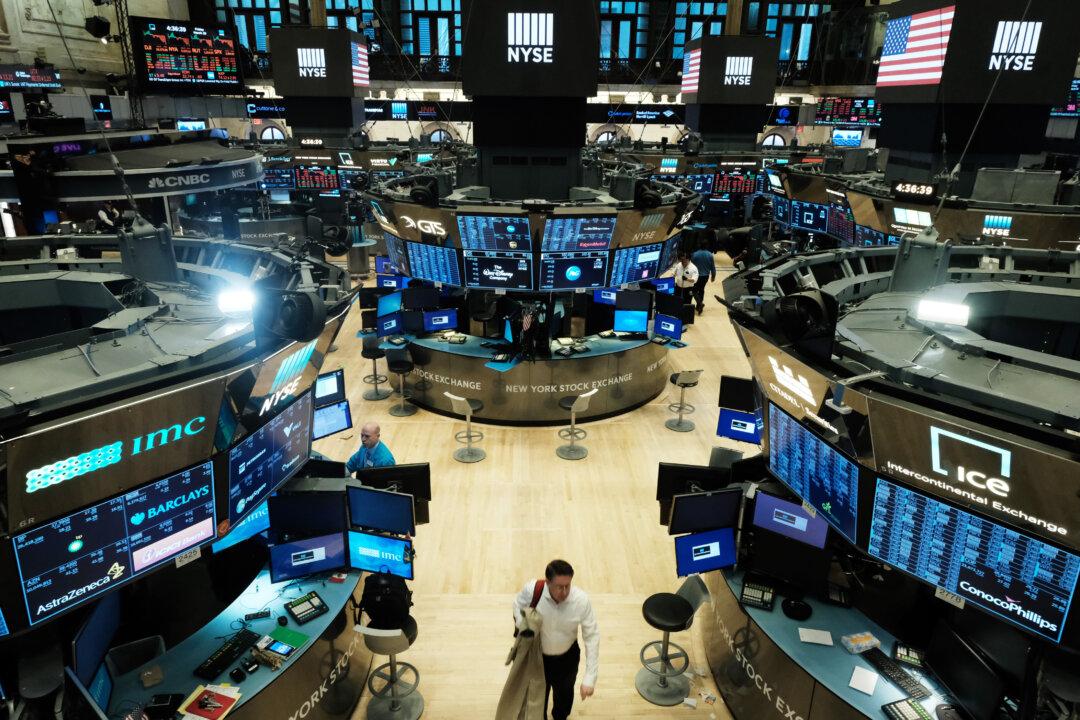As U.S. stocks make new record highs and attention gravitates to the tech titans and their billionaire CEOs making money hand over fist, focus often turns to the wealth gap.
The wealth gap, or wealth inequality, is posited as a major issue of our times. It has also been used as an argument for more wealth redistribution through higher taxes on the rich.
Yet it’s a complex and highly misunderstood issue subject to key factors such as age differences and changes in people’s income over their lifetime and less so the stock market.
And what is actually happening to the wealth gap during the pandemic is hard to predict, according to an expert on poverty. The immediate impact on inequality—such as how much more total net worth is owned by the top 1 or 5 percent compared to the bottom 10 or 20 percent—is not obvious.
“It’s just very difficult to predict. There’s so many variables that come into play in terms of determining inequality,” Nipissing University economics professor Christopher A. Sarlo told The Epoch Times.
Sarlo says that one must also consider how much income and wealth were lost as the lockdowns took hold and not simply focus on the rebound since the March stock market lows, which is eye-popping in itself and makes for snappy headlines.
“There does not appear to be any interest in explaining how wealth inequality happens. It is as if wealth inequality is an obvious ‘bad’ not requiring any clarification,” according to a 2017 paper by Sarlo for the Fraser Institute.
Wealth is defined as household net worth. Income gets converted into wealth when it is spent on things like homes and stocks.
As an example of one representation of the wealth gap, based on a 2018 Organisation for Economic Cooperation and Development study using 2015 data, in Canada the top 1 percent owned 16.7 percent of household net wealth compared to 12.4 percent owned by the bottom 60 percent.
The wealth gap is considerably larger in the United States where the top 1 percent owned 42.5 percent and the bottom 60 percent owned just 2.4 percent.
“If the population is aging, we’re likely to have a bigger wealth gap. There’s just more people at the top end,” Sarlo said. Most of those who make up the less wealthy are the young that have not had the time to build up wealth.
This is a consequence of the life-cycle hypothesis, which holds that wealth accumulation is a steady, lifelong process. This hypothesis is the dominant explanation for wealth differences, as it likely accounted for 80 to 87 percent of wealth inequality based on 2012 data, according to Sarlo’s paper.
Sarlo also pointed to a notable problem with relying on reported incomes to measure wealth gaps, which is that incomes are not always accurately reported. A 2015 Bank of Canada paper using 1998 and 2004 data found that income under-reporting is pervasive, found in 35 to 50 percent of households, and represents 14 to 19 percent of GDP.
COVID’s Wrinkle
It’s “quite possible” that when the page is turned on the pandemic, it could be seen as an event that exacerbated the wealth gap, according to Steve Ambler, C.D. Howe Institute’s David Dodge Chair in Monetary Policy. He says that income inequality could rise based on wealthier people having jobs that are more amenable to working from home.
“People who are working in sectors where they can more easily work from home … typically people who are already better educated and have higher incomes, so that might in fact exacerbate … income inequalities,” Ambler told The Epoch Times.
In contrast, people in retail, parts of the services industry, and travel and tourism have been hit harder during the pandemic and are less able to work from home by the nature of their work.





